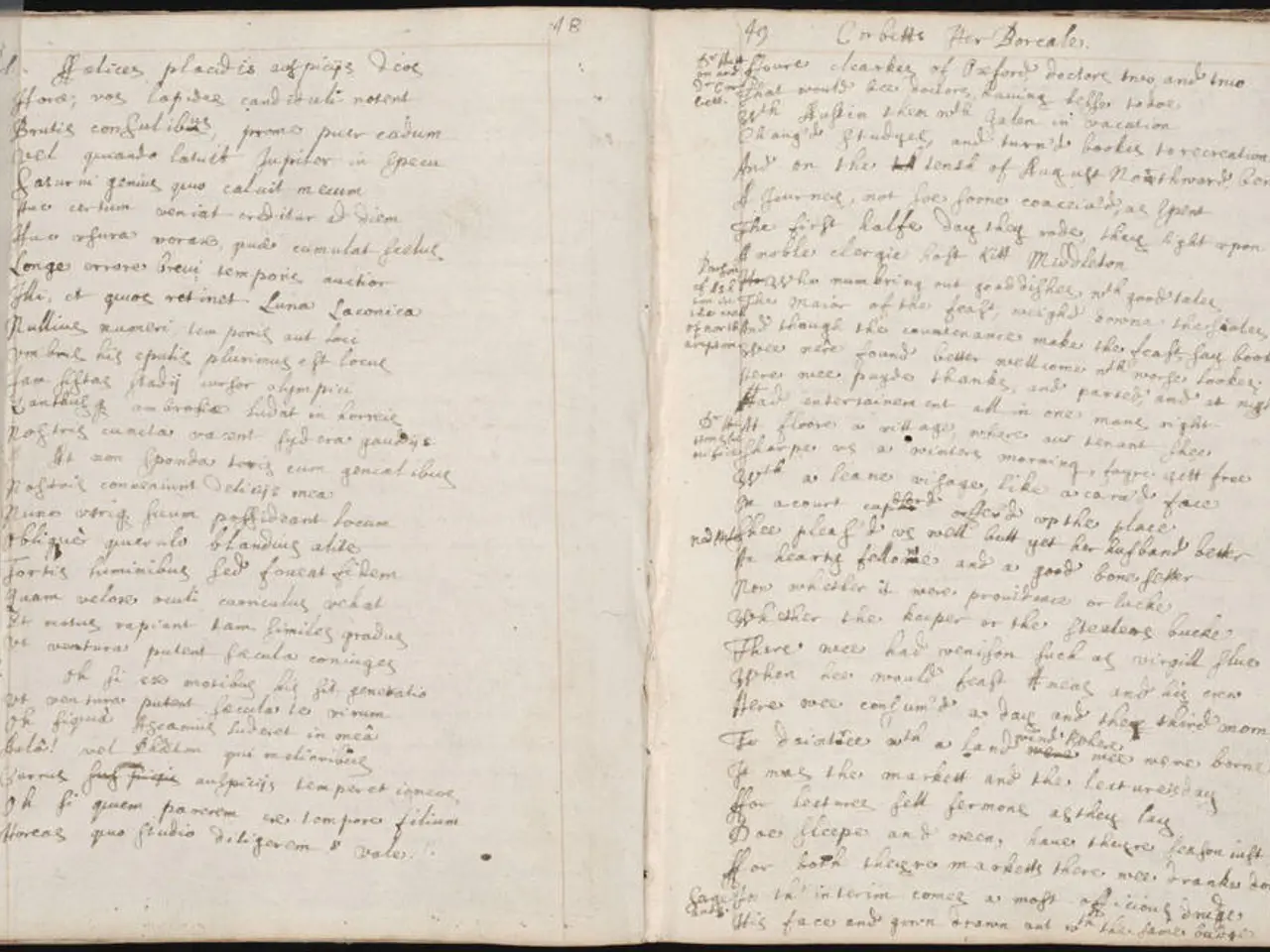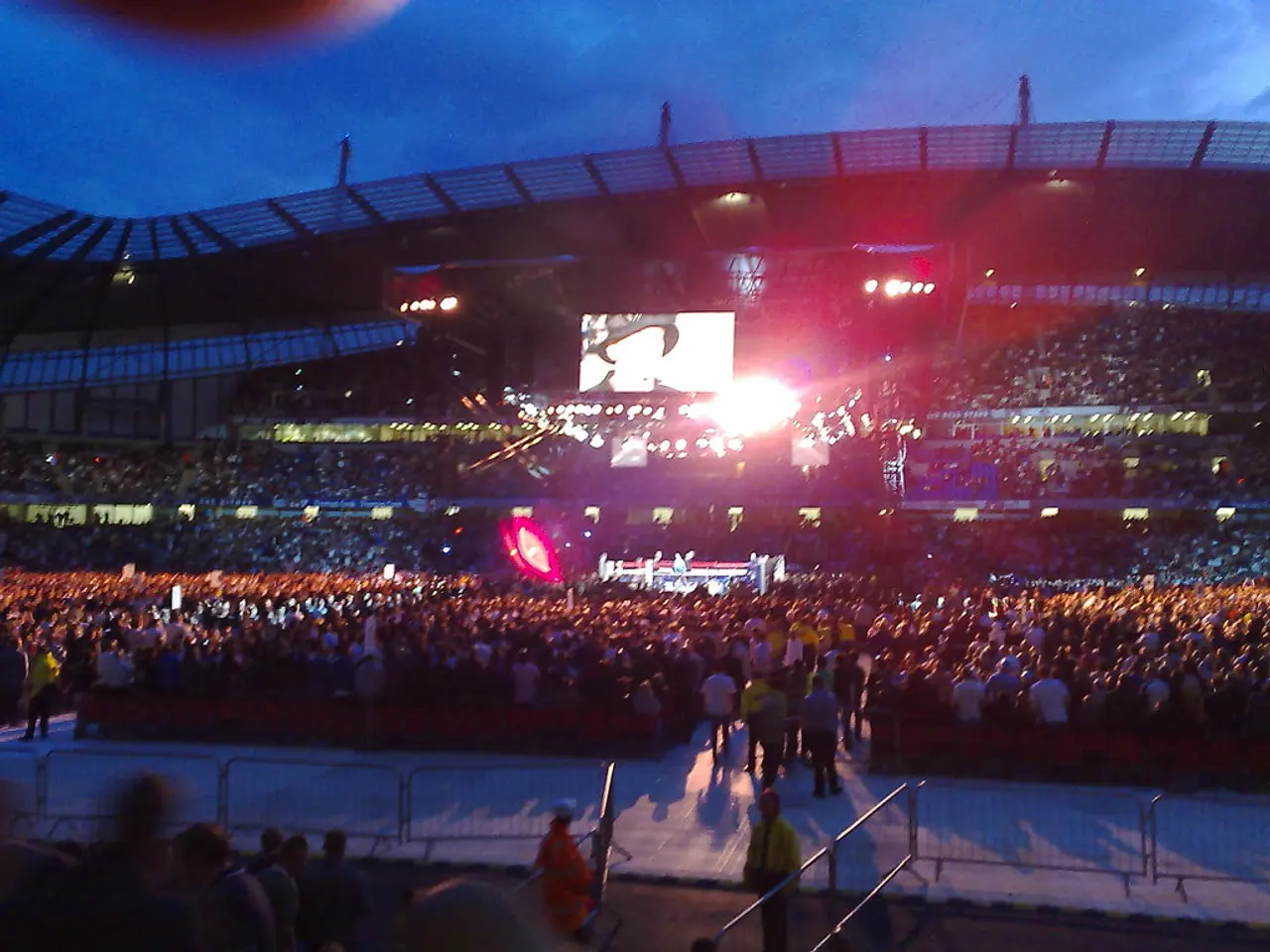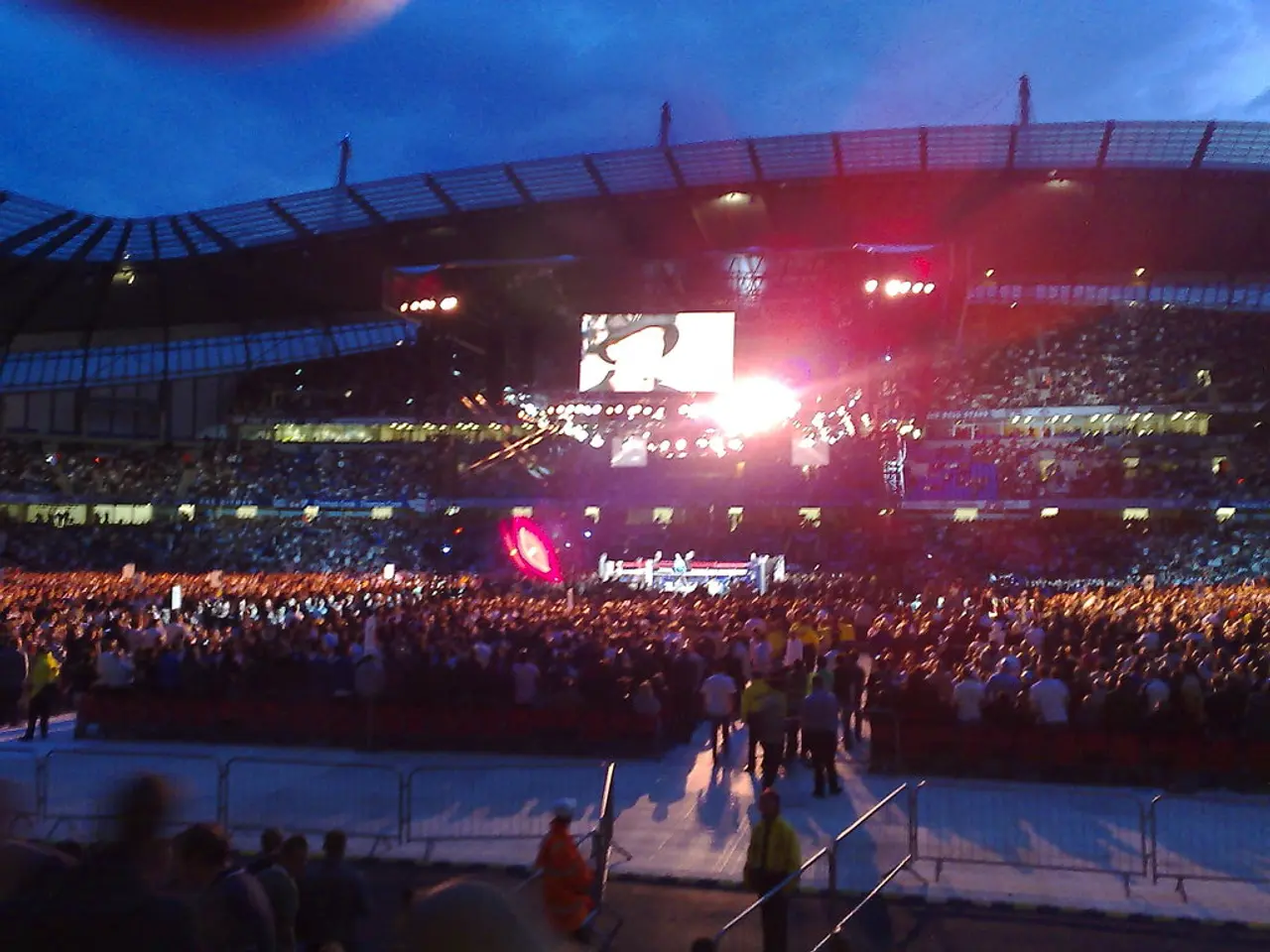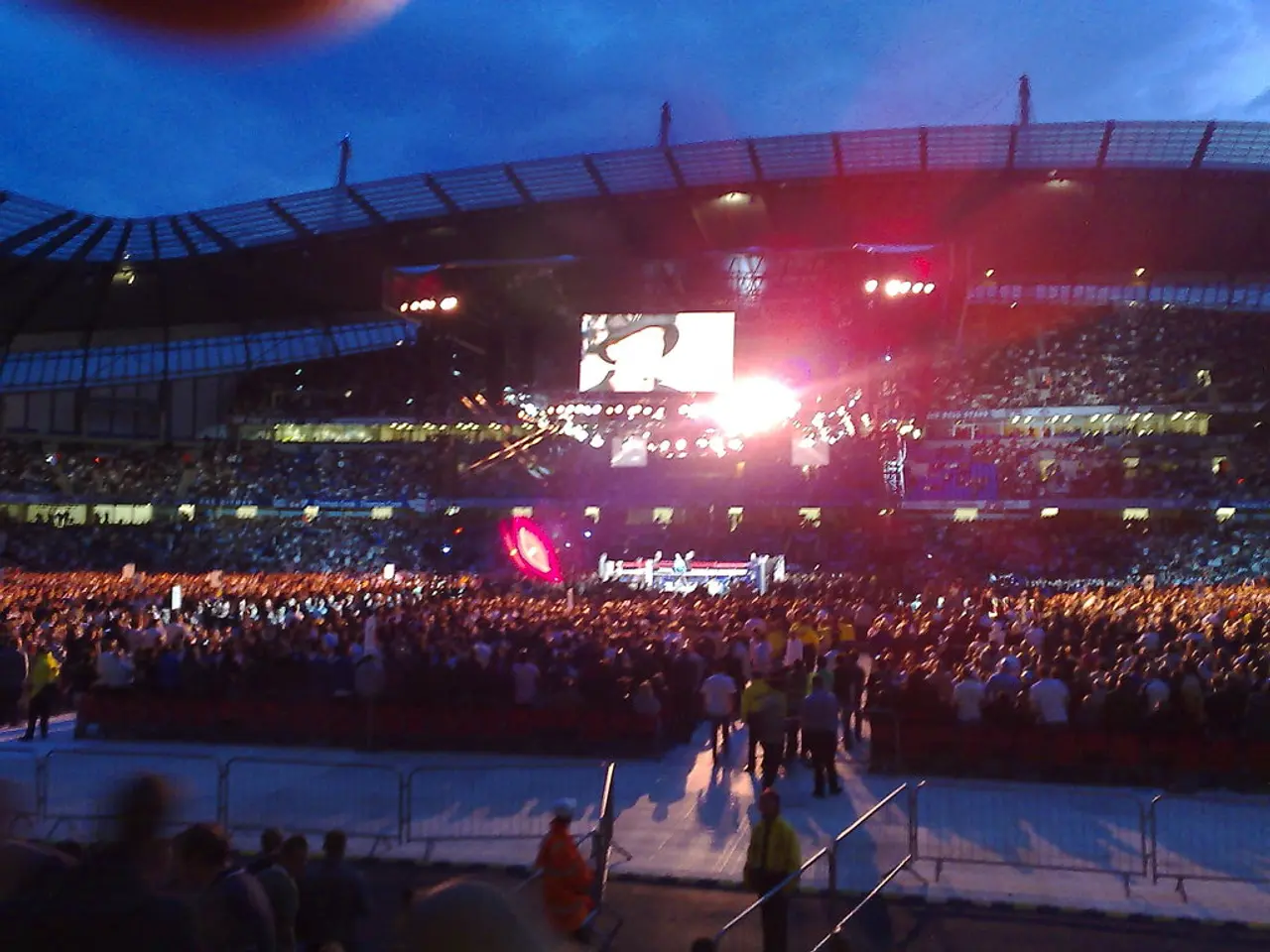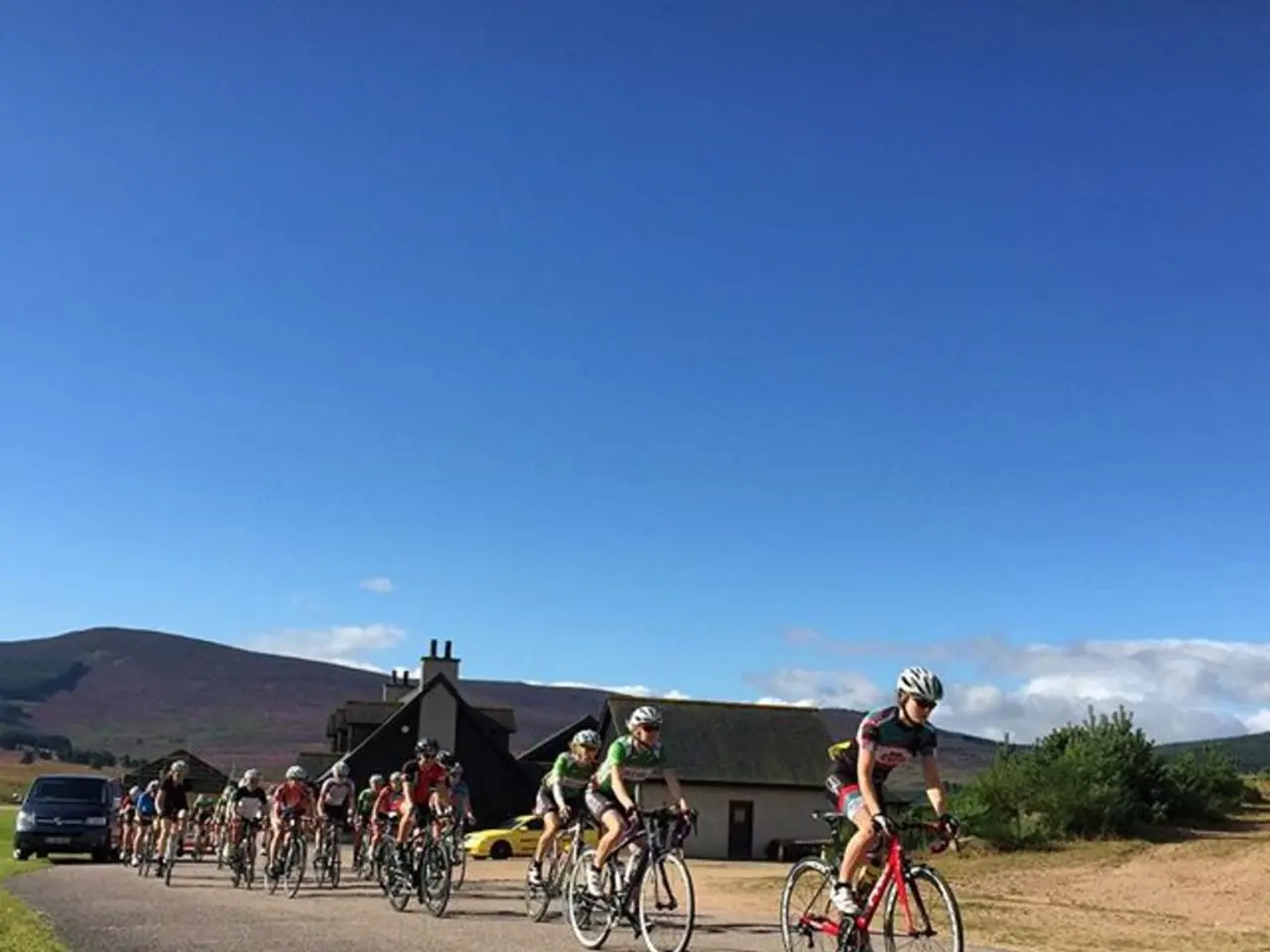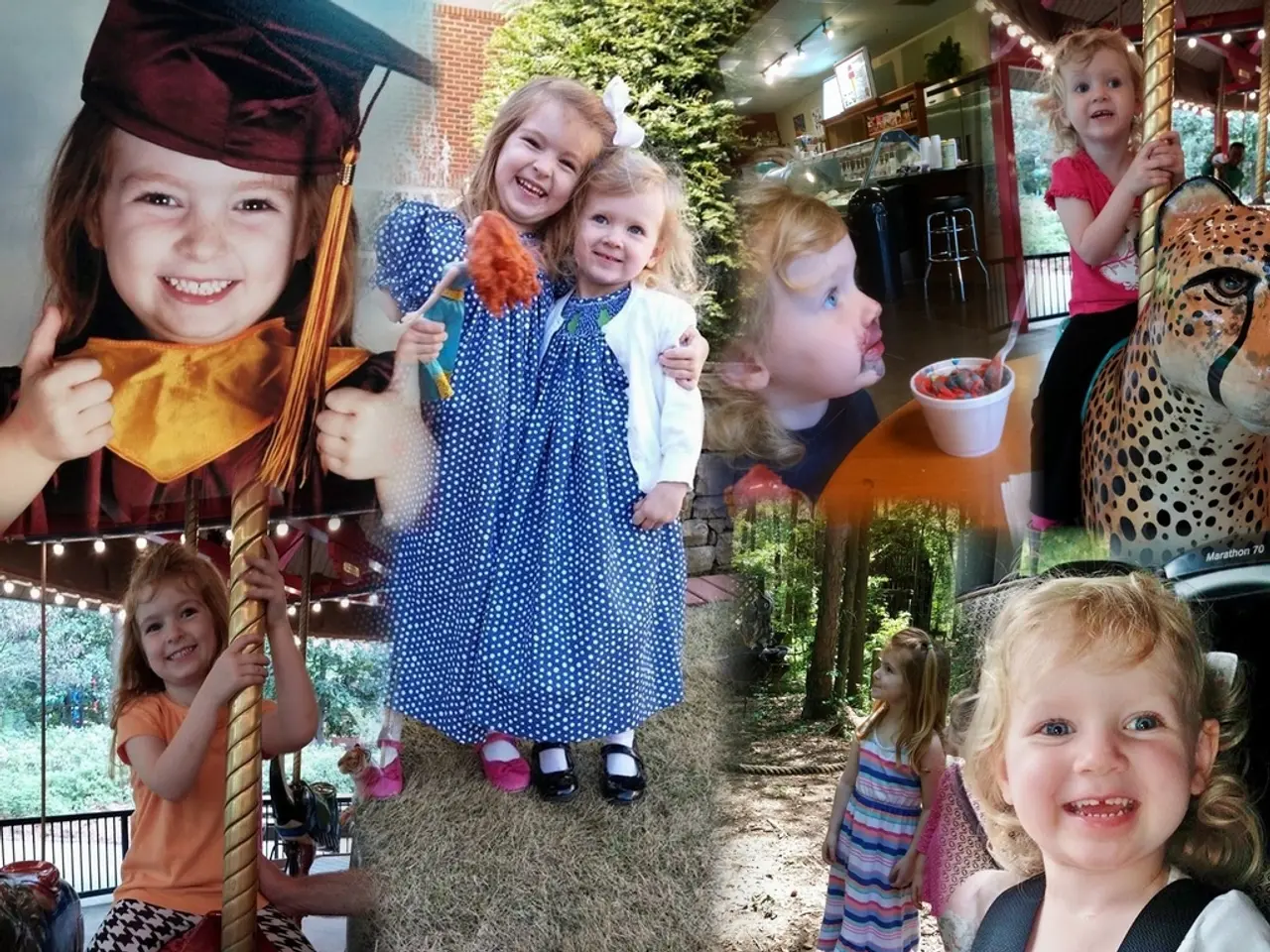Easy Pathway to Crafting Compelling Nonfiction Books that Captivate Audiences:
In the realm of captivating storytelling, creative nonfiction stands out as a unique blend of factual content and artistic narrative techniques. Here's an expert guide to help you navigate the steps, formats, market trends, and best practices for writing compelling creative nonfiction.
### Steps to Write Captivating Creative Nonfiction
1. Choose a Compelling Subject and Point of View Select a true story or experience that resonates with you and will engage readers. Establish a clear point of view or narrative voice to give the story direction and emotional impact.
2. Research Thoroughly Gather facts, interviews, settings, and background details to build authenticity. A checklist of key story parts can help organize your research effectively.
3. Create a Structured Plot Though nonfiction, your story should have a plot arc with conflict or tension—this drives reader interest. Use structures like the three-act format or episodic plots, expanding from a central conflict or theme.
4. Show, Don't Tell Use vivid sensory details, metaphors, and similes to immerse readers in scenes rather than simply stating facts. This technique makes nonfiction feel alive and emotionally engaging.
5. Experiment with Form and Style Be bold with narrative shape, like incorporating flashbacks, dialogues, or blending memoir elements. Surprise your readers with creative storytelling devices while maintaining truthfulness.
6. Write for Your Audience Understand who your readers are and what they expect. Tailor tone, vocabulary, and pacing to suit them. Knowing genre conventions helps in crafting a narrative that meets or cleverly subverts reader expectations.
7. Draft and Revise First drafts are raw bones; subsequent revisions develop craft, clarity, and emotional impact. Strong writing skills and storytelling finesse are crucial, especially in narrative nonfiction like memoirs or biographies.
### Formats Common in Creative Nonfiction
- Memoir and Personal Essays: Focus on personal experiences with universal themes. - Biography and Profiles: Stories about others, often with in-depth research. - Narrative Journalism: True stories told with novelistic techniques. - Travel Writing: Immersive stories about places and cultures. - Lyric and Hybrid Forms: Mix poetry, essay, and other modalities for experimental narratives.
### Market Trends
- High Demand for Narrative Nonfiction: Books that tell true stories with compelling narrative structure are popular, especially memoirs and literary journalism. - Desire for Diverse Voices: Publishing increasingly seeks stories from varied perspectives and underrepresented groups. - Cross-Genre Experimentation: Readers appreciate inventive formats blending fact with literary techniques. - Digital and Short-Form Storytelling: Online platforms favor shorter, engaging nonfiction pieces tailored for quick consumption but with strong voice and depth.
### Best Practices
- Read Widely in the Genre: Learn from exemplary writers to understand tone, pacing, and narrative craft. - Be Honest but Artful: Maintain factual integrity while using storytelling tools to create emotional resonance. - Know Your Market: Whether pitching to agents, publishers, or online platforms, customize proposals and manuscripts to fit market demands and audience preferences. - Stay Active and Inspired: Physical movement and changing environments can spark creativity and help process ideas. - Emphasize Revision: Polish your writing meticulously—clarity, flow, and voice are key to captivating storytelling.
By melding rigorous research with literary flair and audience awareness, you can craft creative nonfiction stories that are both truthful and profoundly engaging. Whether you choose to write memoirs, personal essays, travel stories, or lyric essays, the nonfiction market offers opportunities for storytellers who dare to blend fact with artistry.
- To writing captivating creative nonfiction, consider exploring the realm of ebooks, especially those centered around fashion-and-beauty, food-and-drink, or lifestyle topics.
- As you delve into creative nonfiction, keep in mind the importance of choosing a compelling subject, much like the stories found in books about entertainment and topical ebooks.
- In addition to storytelling techniques, pay attention to market trends in nonfiction writing, such as cross-genre experimentation, the demand for diverse voices, and the popularity of narrative nonfiction, which mirrors the growing interest in ebooks on biographies and memoirs.
